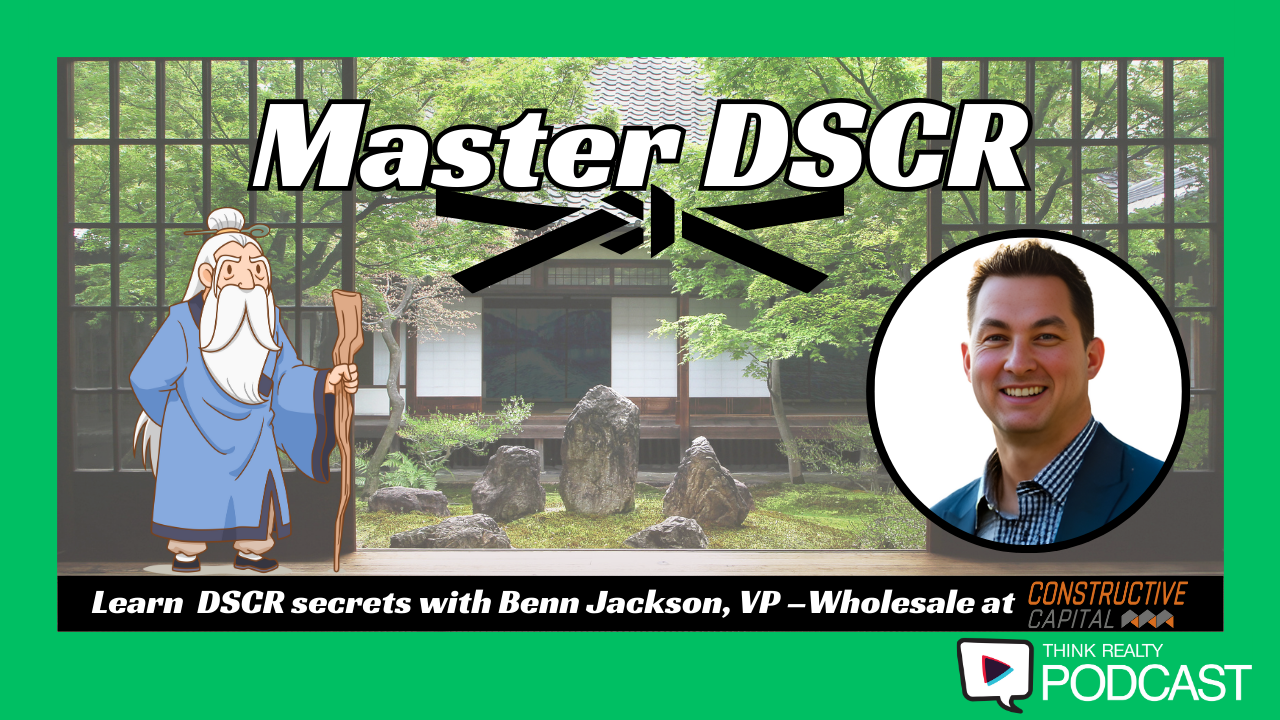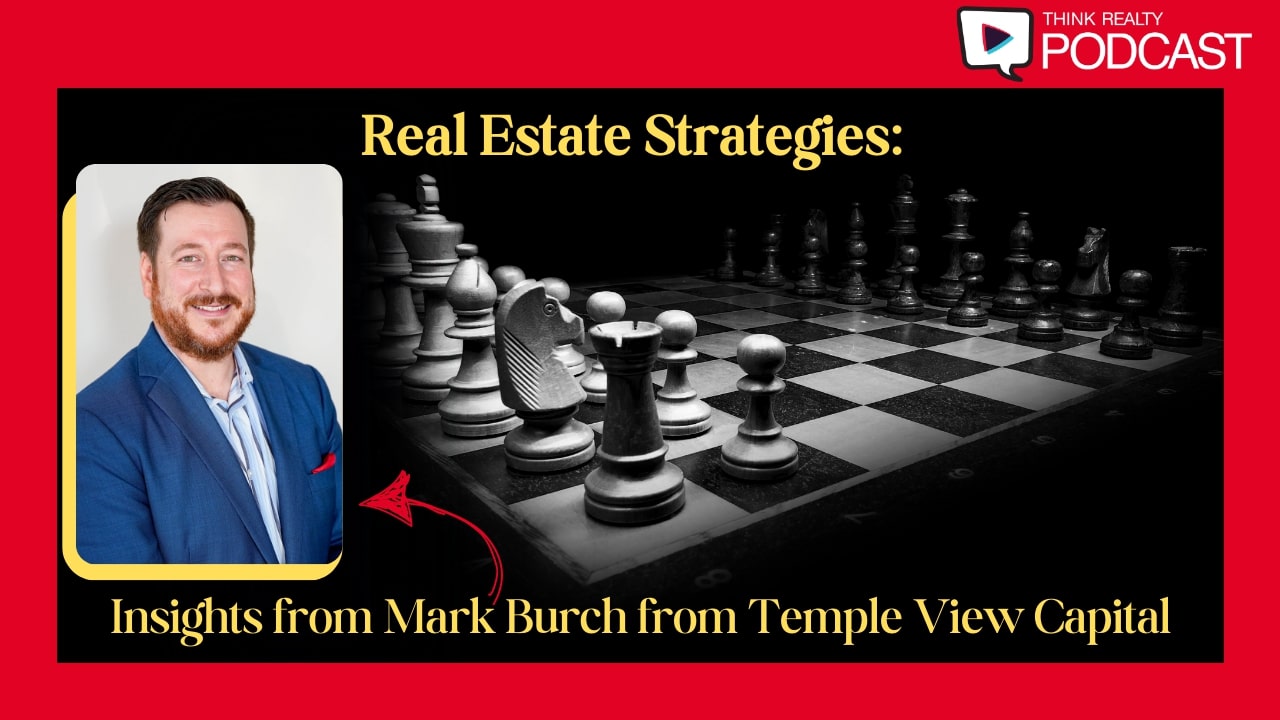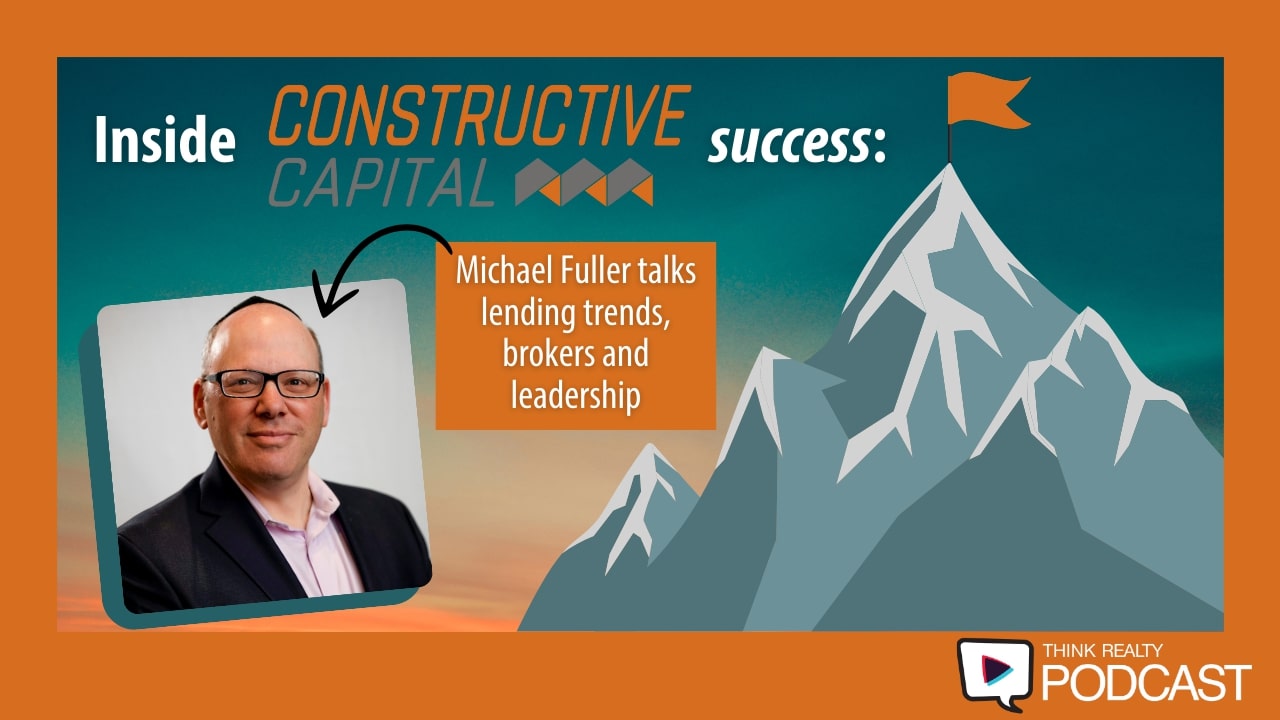Achieving business success prioritizes big concepts, strategies, and ideas. But what if the secret to thriving isn’t just about executing the right plan or having the perfect innovation? What if it’s about something simpler, something that affects all of us every day—energy?
Success is less about the time you spend and more about how you manage your energy. It’s easy to get lost in the hustle, thinking that the more hours you put in, the better the results. But the real game-changer is how much energy you invest in those hours.
Energy management is just as important, if not more important, than time management. We all have the same 24 hours in a day, but not everyone has the same amount of energy to fill those hours. How can you use your finite energy to maximize your business and personal growth?
Four Key Areas to Spend Your Energy
To master your energy, focus it on four key areas: market research, developing a plan, getting feedback, and iterating and refining. These will not only make or break your business, but also play a crucial role in your personal development.
1. Market Research
It all starts here. Before you dive into building your business, know the market. Who are your customers? What are their pain points? How do your competitors stack up? By focusing your energy on understanding the landscape you’re entering, you set yourself up for success. Research helps you make informed decisions and avoid wasting energy on things that don’t matter.
Practical Application
Imagine you’re starting a new online clothing store. Instead of jumping straight into designing products, start by looking for trends in fashion. But also ask deeper questions: What is your customer’s pain point? Are they frustrated with sizing options? Do they want more eco-friendly fabrics? Once you have this information, channel your energy into creating solutions your customers actually want, rather than just making something that looks good on paper.
2. Developing a Plan
The real magic happens when you dedicate energy to developing your plan—not just writing it down. A great plan isn’t just a document; it’s a guide that evolves as you progress. As you move through the stages of your business, that plan will need tweaking and updating, so think of it as a living, breathing entity.
Practical Application
In the case of your clothing store, a simple business plan might include goals like reaching $50,000 in sales in the first year and building a customer base of 1,000 loyal clients. But don’t just stop there. Break these goals down into monthly action steps—how many products will you need to sell each month to hit that goal? What marketing tactics will you use? As you implement your plan, be ready to adjust based on sales numbers, feedback from customers, or changing trends.
3. Feedback
Feedback is often overlooked, but it’s one of the most valuable resources for improvement. Whether it’s from customers, mentors, or peers, feedback gives you insights you can’t get from working alone. The energy you put into listening to others, seeking advice, and adapting based on what you hear will steer your business in the right direction.
Practical Application
For your online clothing store, this could mean sending out surveys to your first 100 customers, asking for their thoughts on the fit, quality, and style of your products. Or it could be engaging with customers on social media and reading their comments. This feedback loop will help you fine-tune your designs, customer service, and even your marketing approach. As you receive feedback, use your energy to tweak your strategy accordingly—don’t be afraid to adjust!
4. Iterate and Refine
Here’s where energy truly makes a difference. Rather than sticking rigidly to one plan, successful entrepreneurs use energy to iterate and refine. Think about it: most businesses don’t succeed on their first try. It’s the constant tweaking and refining that creates success. This mindset allows you to adapt quickly and keeps your business agile in an ever-changing market.
Practical Application
If your clothing store finds that a particular design is not selling as well as you hoped, don’t be discouraged. Instead of abandoning the product entirely, you can iterate on it—perhaps by offering new color options or adjusting the fabric. Similarly, if you realize that your digital marketing ads aren’t generating the expected ROI, consider tweaking the copy, targeting different customer demographics, or changing the imagery. The key here is to keep your energy focused on finding solutions, not just problems.
Business Models: Plan and Execute vs. Act and Adjust
There are two major approaches to running a business: Plan and Execute and Act and Adjust.
The Plan and Execute model is about laying out a strategy and following through. Some people thrive with this approach because it provides structure and clear goals. But here’s the catch—it’s static. Once you set the plan in motion, there’s little room to change things if they don’t go as expected.
On the other hand, the Act and Adjust model emphasizes taking action, learning from feedback, and adjusting along the way. Chrysler, for example, once followed a very rigid “plan and execute” model. Lee Iococa came into Chrysler while they were failing and instituted the “Act and Adjust” model and made them much more nimble and turned their entire organization around. The Act and Adjust model is one where the entrepreneur is allowed the space to make choices and adjust to optimize over time. This plan has less energy expended in the beginning with planning. This “act and adjust” approach allows businesses to pivot when necessary, ensuring greater flexibility and resilience.
Feedback: The Lifeblood of Success
Feedback isn’t just important for fine-tuning your business; it’s essential for growth in both business and life. Without feedback, how would you know where you’re going wrong or what you’re doing right?
Think of feedback as a loop—it continuously informs you about your progress and areas for improvement. When you listen and act on this feedback, you unlock the ability to refine your strategies and make smarter decisions. In business, as in life, this feedback loop accelerates growth.
Iterate and Refine: The Secret to Long-Term Success
The key to continuous improvement is iteration. It’s not about getting everything perfect on the first try. Instead, it’s about being willing to fail, learn from that failure, and keep refining your approach. This philosophy doesn’t just apply to products or services but to your business strategy, management practices, and even personal development.
For example, think about a coffee shop trying to compete with Starbucks. Instead of launching a one-size-fits-all business plan, the successful coffee shop constantly adjusts based on customer feedback, market trends, and internal observations. That’s the power of iteration—it’s a continual cycle of refining and improving until you get it right.
Personal Finance and Energy Management
Just as you need to manage your energy in business, it’s also crucial to manage it in your personal finances. Many entrepreneurs neglect their spending habits, focusing more on the “big picture” without examining the daily choices that affect their financial wellbeing.
Before diving into investments or other big financial decisions, it’s essential to understand your personal spending patterns. Just like in business, research, planning, and iteration apply to your personal finances. Start by assessing where you’re spending your money, refining your habits, and learning from past mistakes. This process will improve your financial IQ and help you make better decisions in the long run.
Mastery: The Continuous Journey
Mastery doesn’t come overnight. It’s about dedicating energy toward continuous learning. Whether you’re learning how to play guitar or mastering new business skills, the key is to set clear goals and keep improving.
Success in business isn’t just about working hard—it’s about using your energy in the most productive way possible. Energy fuels growth, and it’s the fuel that propels you toward mastery.
Avoiding Laziness and Staying Energized
It’s easy to fall into the trap of laziness, especially when things don’t seem to be moving fast enough. However, laziness is the antithesis of success. Reflect on your goals, avoid negative self-talk, and stay focused on using your energy productively. Religion, philosophy, and even science remind us of the importance of using our energy with purpose.
Final Thoughts: Energy is Your Most Valuable Asset
In business, as in life, energy is everything. Mastering your energy management can lead to personal and professional growth that far surpasses simply putting in the hours. Whether you’re focusing on market research, iterating your business strategy, or refining your financial habits, the energy you put into your decisions will determine your success.
Practical Tip
To apply energy management to your business right now, start by creating a time audit. For one week, track how you’re spending your time and energy across different tasks. Are you dedicating too much energy to things that aren’t moving the needle? Are there areas where you can allocate more energy for greater impact? By becoming more intentional with where you put your energy, you can get closer to your goals and achieve mastery in your business.
Remember, it’s not just about how much time you have, but how much energy you can consistently put into the things that matter. So, how are you spending your energy today?











Leave A Comment